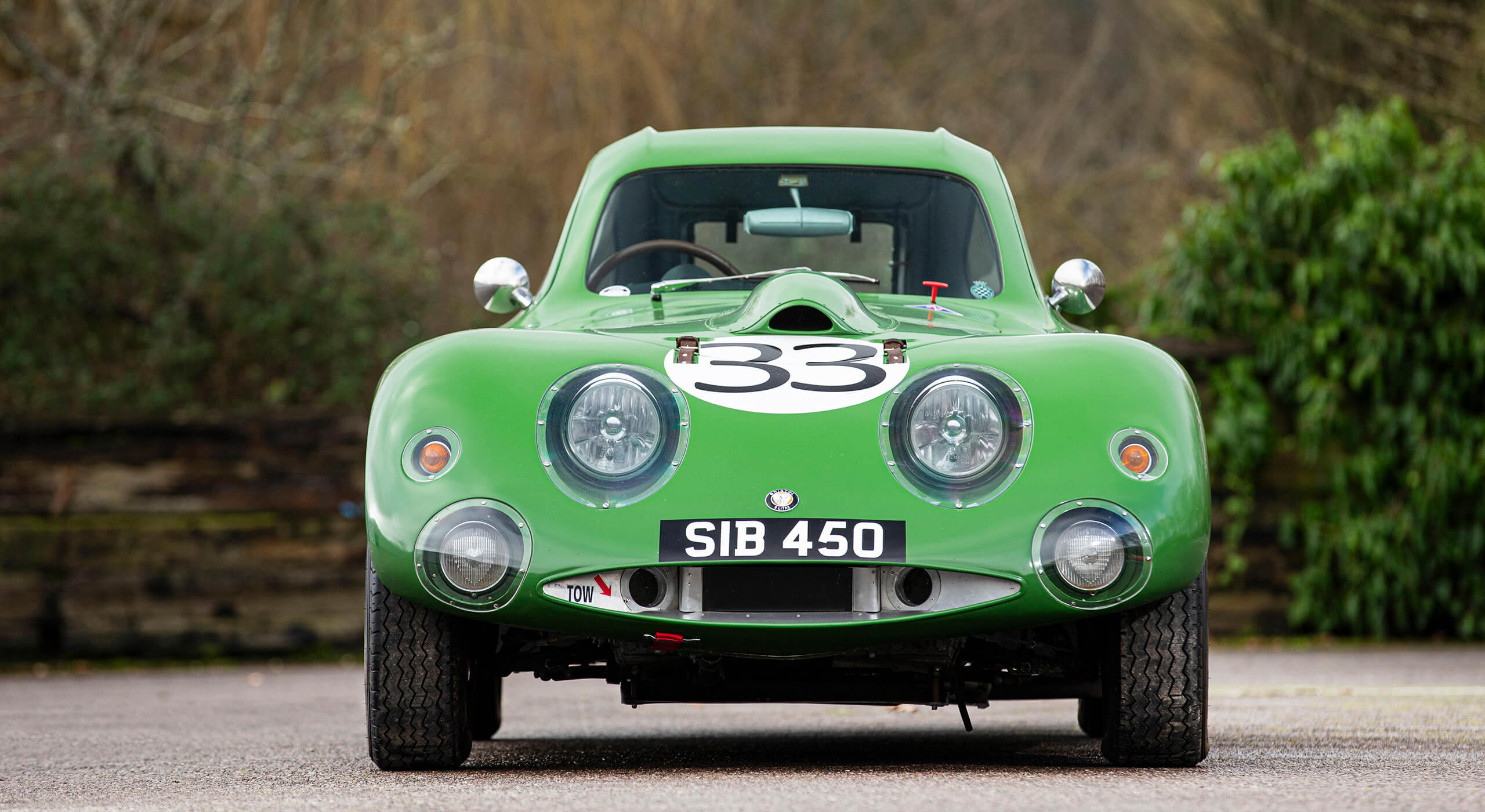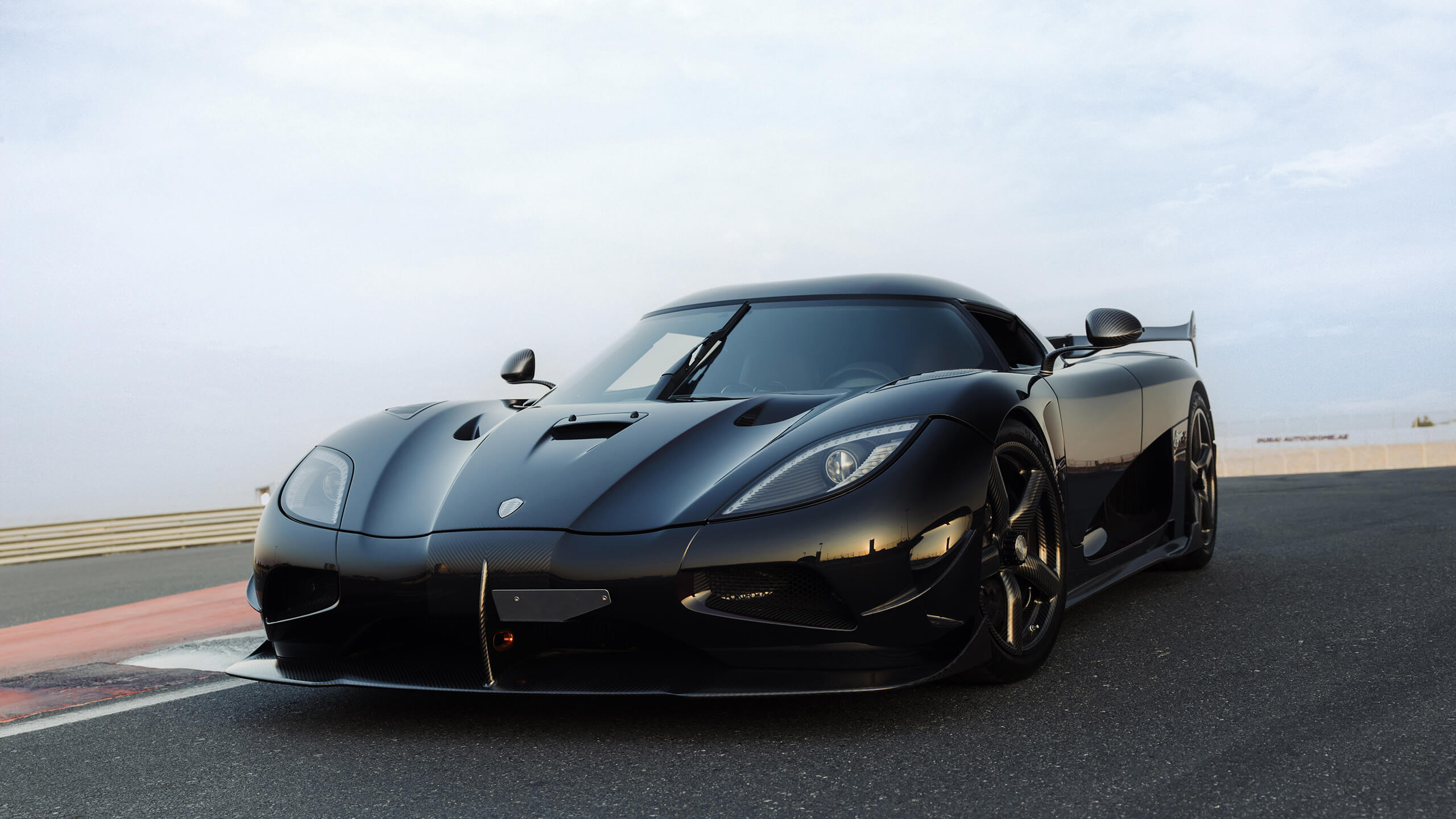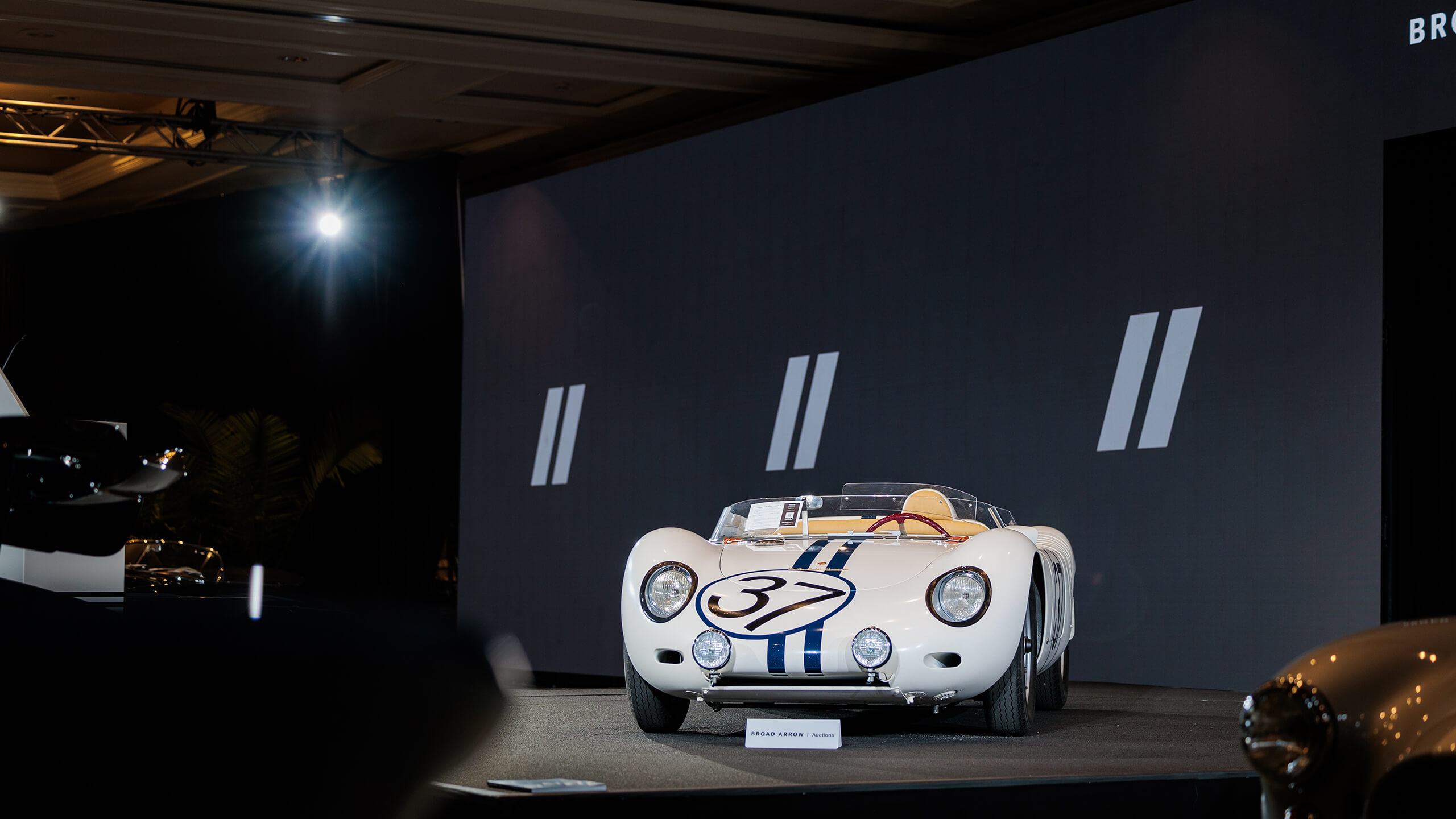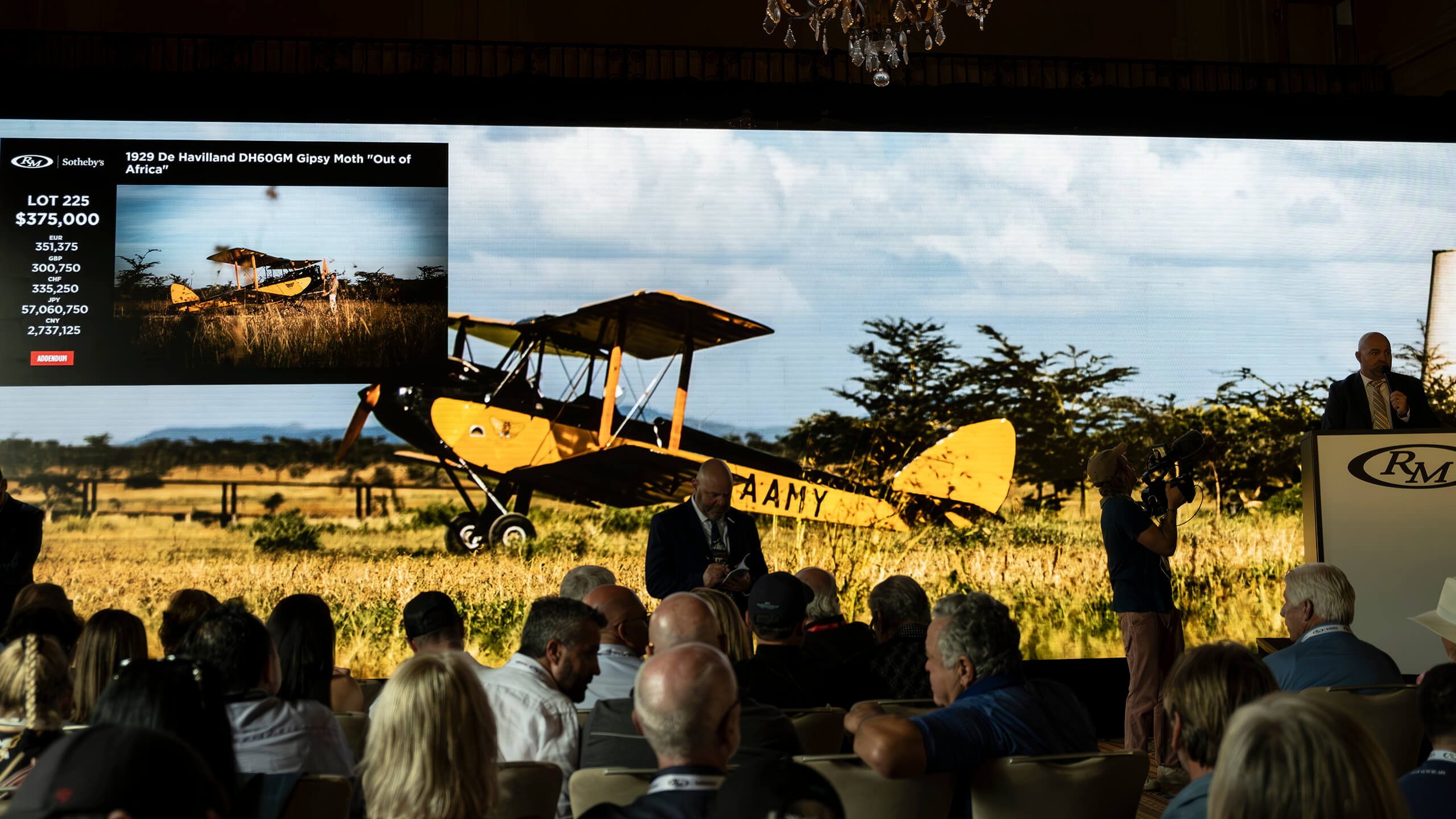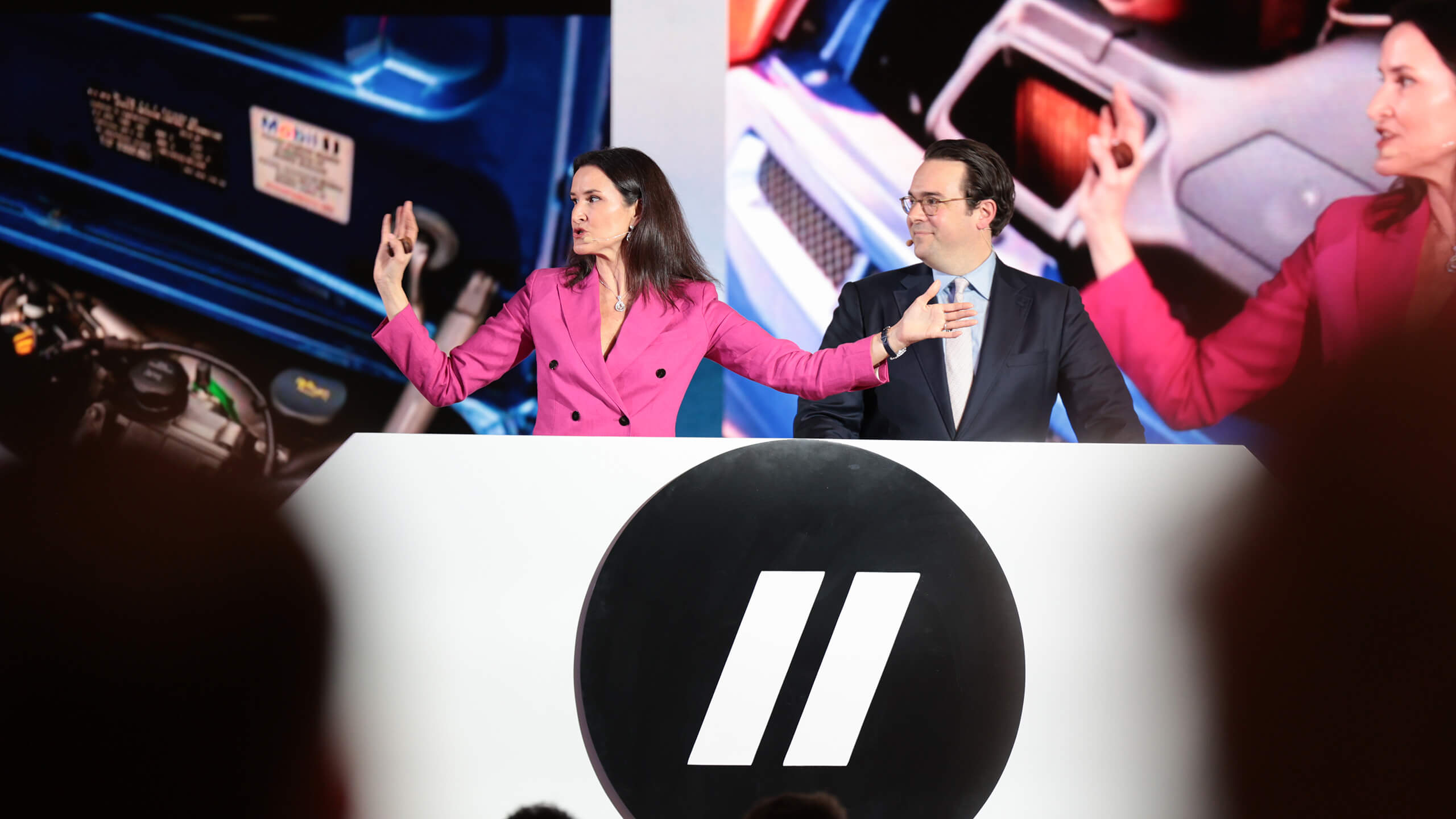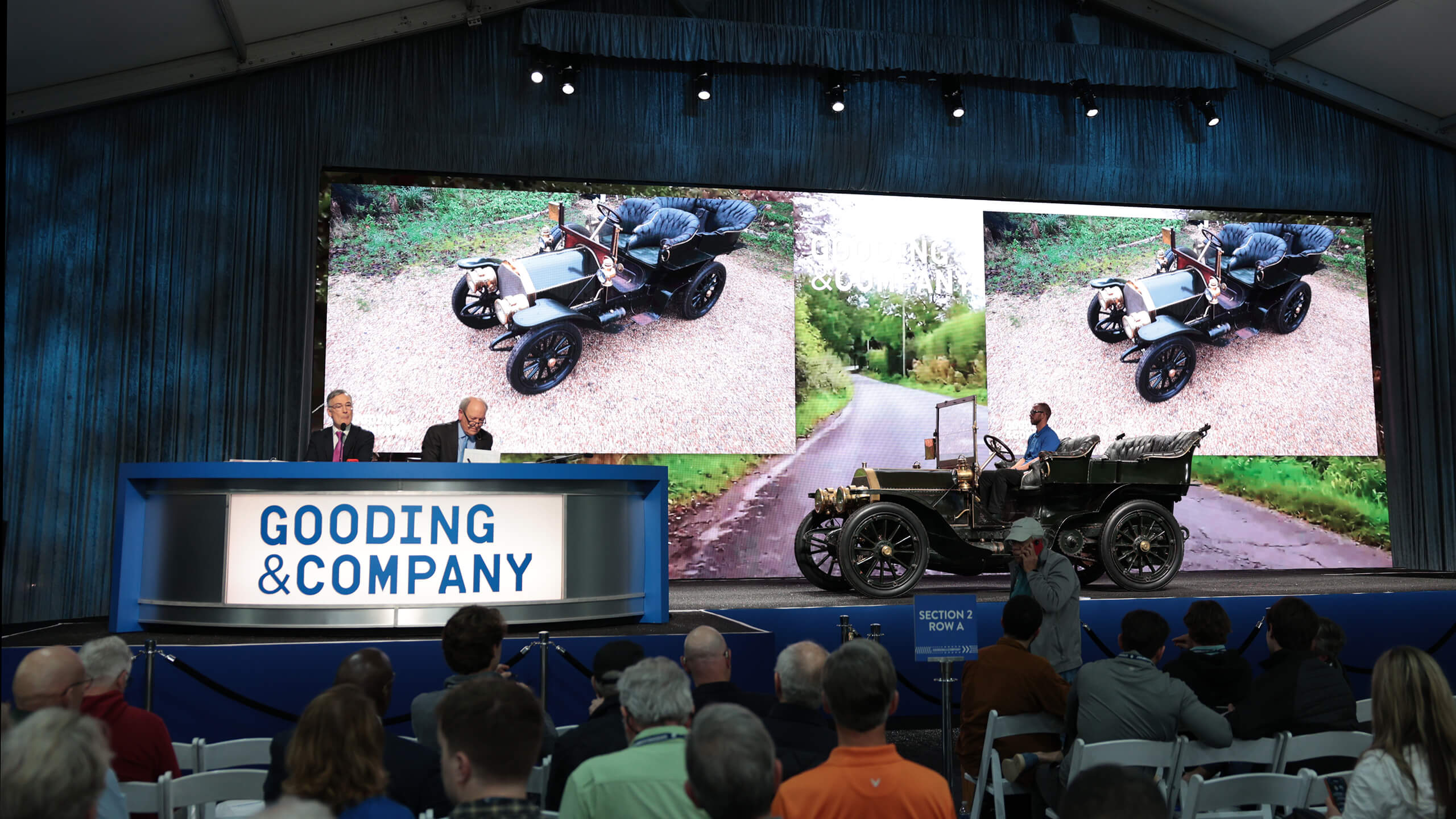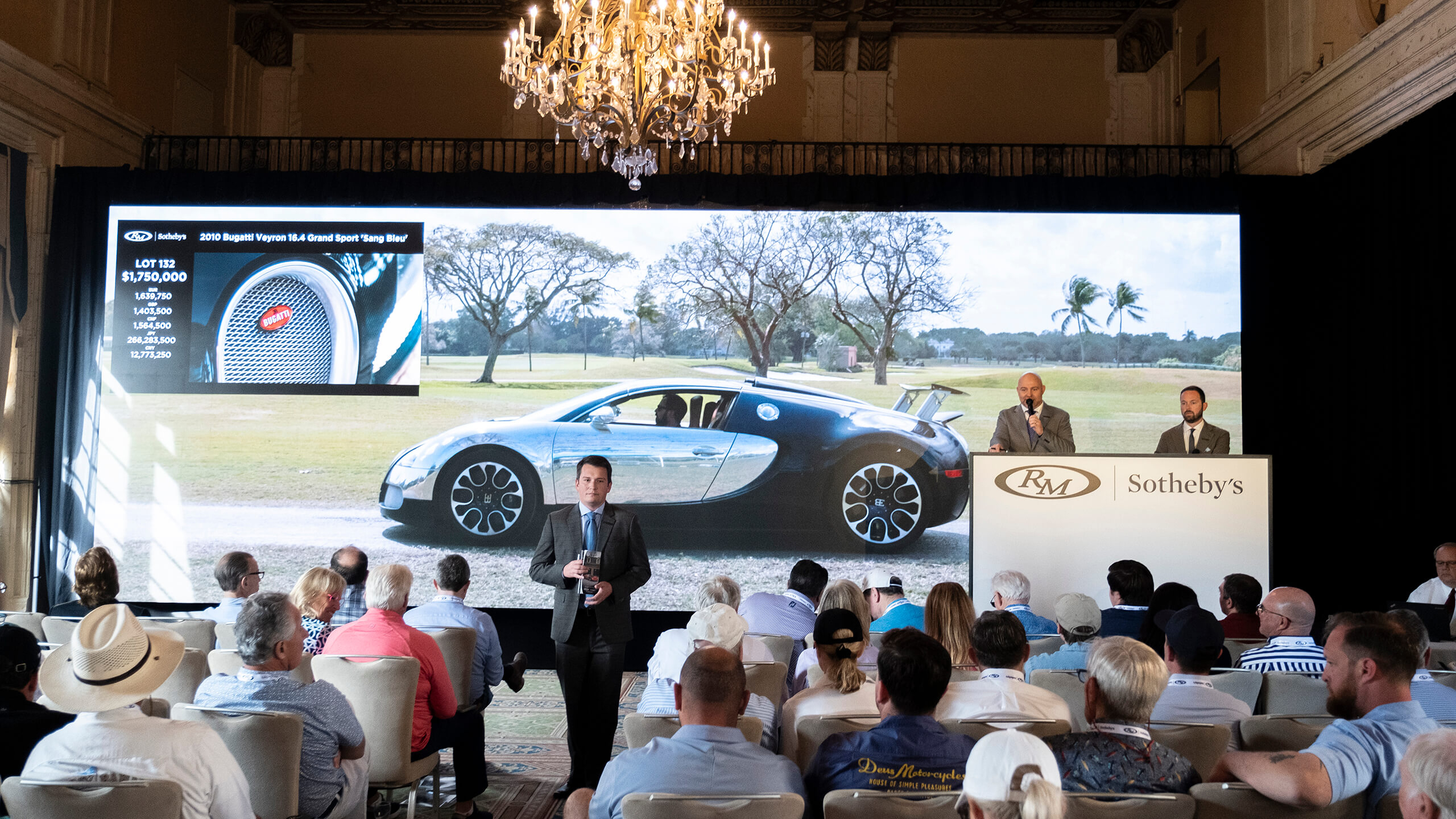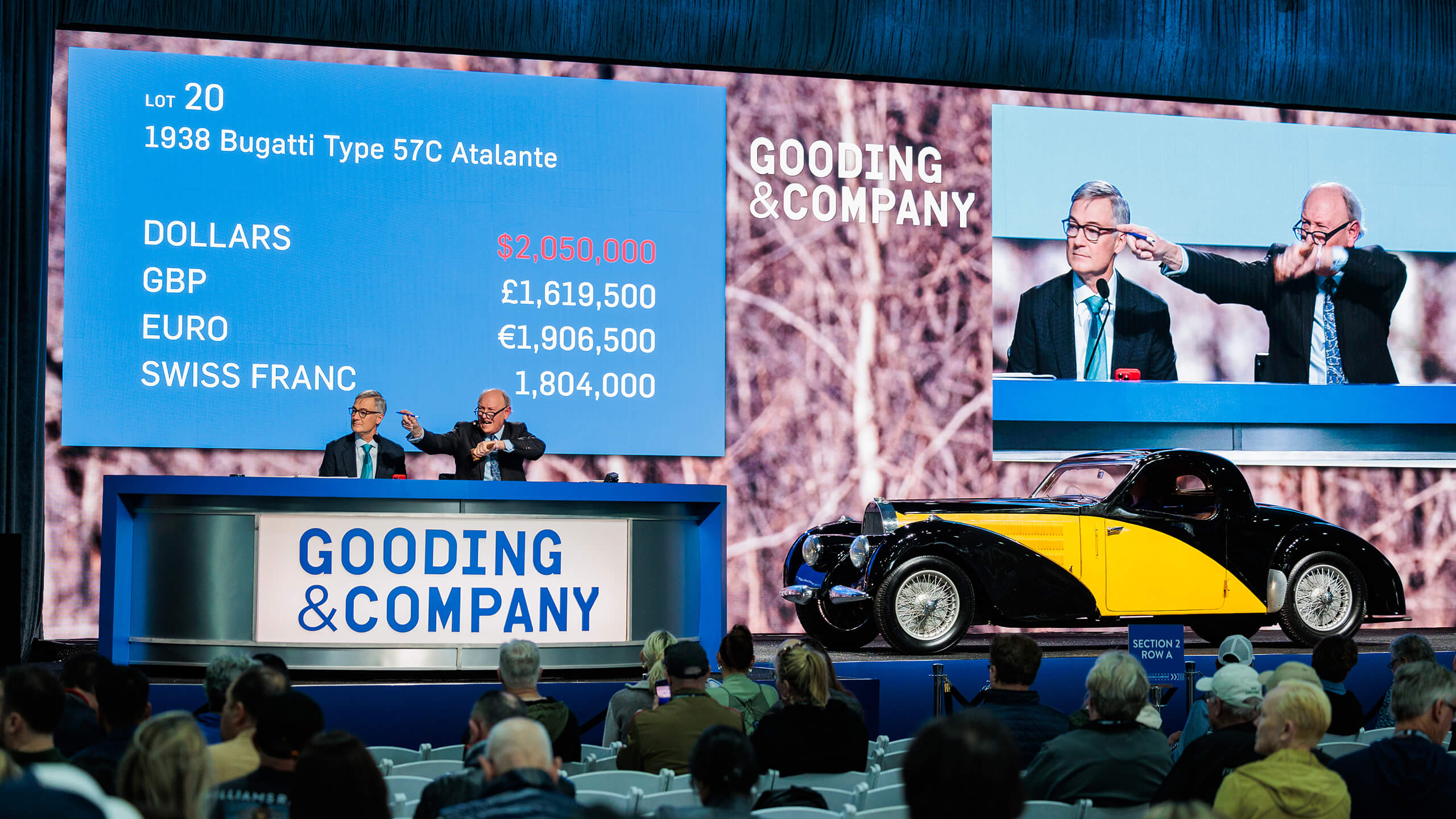Ask the experts: Julian Shoolheifer
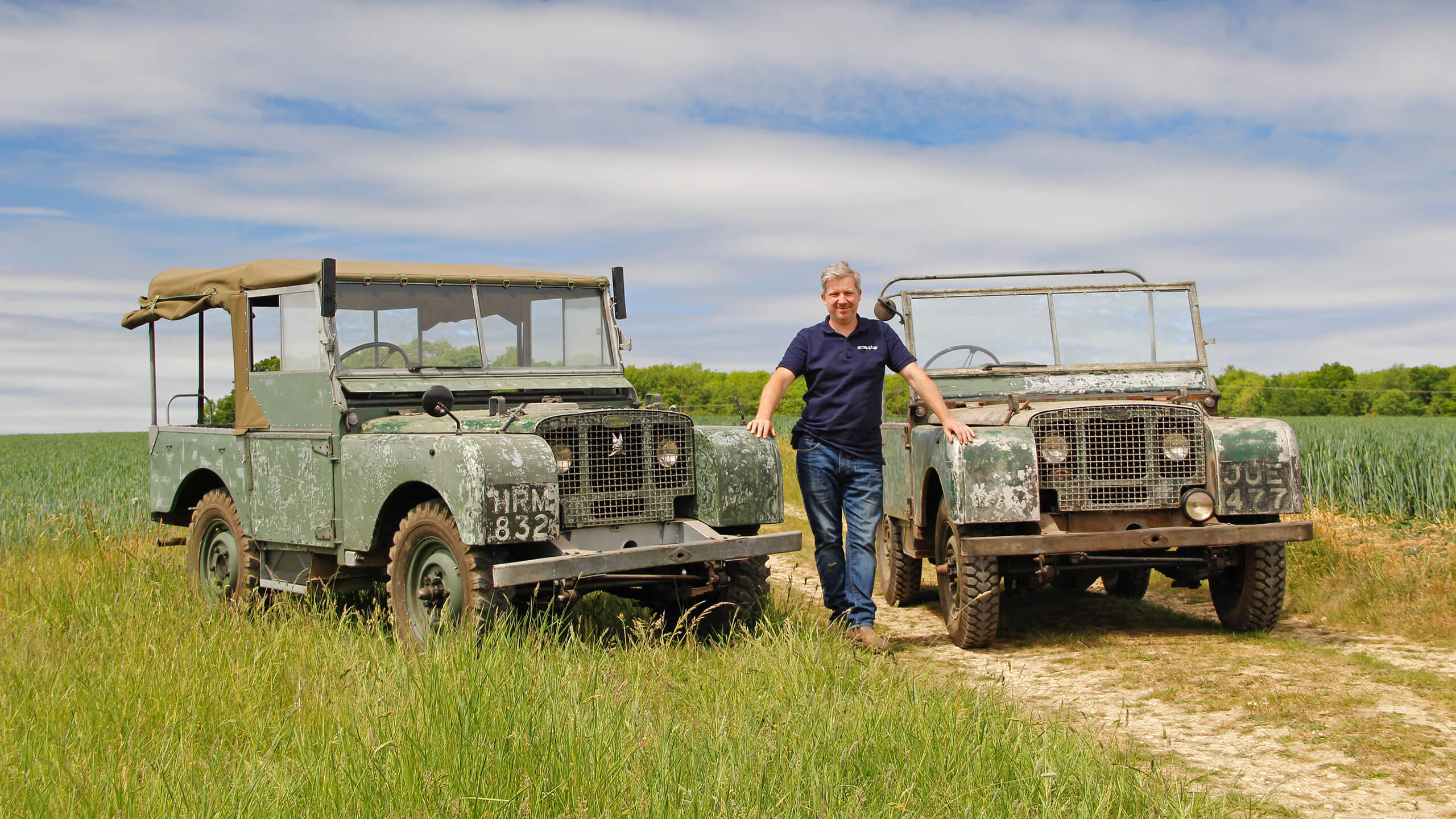
"Things are only original once," opines Julian Shoolheifer, speaking of an ancient Land Rover with bodywork that's scuffed, dented, pockmarked and largely devoid of paint, writes Simon de Burton.
But this particular vehicle represents more than two years’ worth of long days and even longer nights in the workshop, during which Shoolheifer stripped it down and painstakingly set about rebuilding what the 'experts' said was beyond repair having sat in an open Northumbrian barn for the best part of half a century.
The reason it took so long is that 50-year-old Shoolheifer, who has been immersed in the world of old cars, motorcycles and Land Rovers (in particular) since he was a teenager, was determined to preserve as much of chassis number 860001 as possible – because it is the very first production model to have rolled off the Solihull line back in July 1948.


Ironically, rebuilding such a vehicle by keeping as many of its original parts as practicable is considerably more time-consuming, difficult and expensive than simply chucking out all the bad bits and replacing them with new.
Fortunately, Shoolheifer's understanding of the importance of keeping such a significant machine absolutely correct was shared by his client (and 860001's official owner) the giant Ineos chemical group – the chairman of which is Land Rover-loving Jim Ratcliffe, Britain's richest man (above, left).
Through Ineos, Ratcliffe – who is so Land Rover-mad that he's well on the way to producing an all-new, Landy-inspired utility vehicle called the Ineos Grenadier – gave Shoolheifer free rein to do whatever was needed to maintain the authenticity of the landmark vehicle during its restoration, with the result that a genuine piece of automobile history was properly preserved.

And it paid off. Back in January, Shoolheifer won the RAC award for ‘Restoration of 2020’ to add to a similar award picked-up at last year's Hampton Court Concours of Elegance.
"The ethos was to save every scrap of every possible part that might ordinarily have been discarded," explains Shoolheifer.
"One third of the battery carrier, for example, had completely disintegrated. Usually, a restorer would simply replace it with a new one – but we fabricated the missing third and attached it seamlessly to the remainder, meaning as much as possible of the original part has been preserved.
"It sounds agonising, but that was the only way to go about things if the true genetics of the very first production Land Rover are to be retained.
"Let's imagine that, in 100 years’ time, it will be possible to put this vehicle through a scanner capable of dating the age of every component – our aim was that the absolute maximum number of parts will show-up as dating from 1948."


Thirty years ago, even 20 years ago, the very thought of it would have seemed ridiculous.
After all, any K500 reader over the age of 50 will recall when it was possible to pick-up almost any ‘Series’ Land Rover for less than £2,000 – I even remember an early Series I sitting in a pub car park for three years with a notice in the windscreen: "£500 - or near offer."
There wasn't one...
Yes, they're slow, draughty, leaky and spine-shatteringly uncomfortable – but for some weird reason, the world has gone mad for Land Rovers, Series models in particular.
Although often erroneously lumped together with the later Defender that ceased production in 2016, Series Land Rovers are the true classics of the breed, with the term encompassing the first-, second-and third-generation variants built from the start of Land Rover production in 1948 until the arrival of the '90' and '110' models in 1983 (and re-named 'Defender' in 1991).
Improvements found on the post-Series vehicles were initially minor – more pliant coil-spring suspension instead of traditional 'cart' springs and a taller, one-piece windscreen with no hinged flaps beneath to allow in copious gusts of fresh air, for example – but many believe they diluted the charm of ‘true Land Rovers' which, since the Defender's final demise, have enjoyed a further rise in popularity.

Some can now command more than £100,000 depending on model and condition, with the most valuable being the Series I versions made until 1956. These are generally available from £10,000-£75,000, with Series IIs (1958-1972) costing £5,000-£25,000 and the more prolific Series III – in excess of 100,000 of which were built from 1971-1985 – fetching anything from £3,000 in running order to £25,000 in concours condition.
In October 2012 (before Series values really took-off) a 1954 model presented to Sir Winston Churchill on his 80th birthday fetched £129,000 at Cheffins, while Silverstone Auctions achieved £47,250 for a 1948 Series I in 2016.
To put those prices into perspective, the Churchill Landy was offered for auction by the same owner in the late 1990s and could have been bought for £10,000 – but it failed to reach its reserve, so he put it back in his open-fronted shed. And waited patiently.
The world of Series models is, however, something of a black hole that goes well beyond the three basic evolutions.
All were available in long- and short-wheelbase guise and, as Land Rovers began to prove their worth beyond the farming environment for which they were designed, numerous variations on the theme became available in the form of everything from the 10- and 12-seat Station Wagon, commercial 'Utility' models, expedition and safari versions, truck-like Forward Control models and even the military 'airportable' and 'lightweight' types that were designed to be transported beneath helicopters and inside 'planes.

Perhaps the most remarkable Series variation, however, was the rare Series II-based Cuthbertson (above) that ran on tracks rather than wheels, an example of which fetched £33,000 at Bonhams' Goodwood Revival sale in 2017.
But, says Shoolheifer, prospective purchasers should do their research before taking the Series plunge.
"There is a Series Land Rover for everyone, whether it’s a gleaming 'trailer queen' that's restored to perfection or an enchantingly patinated 'bitsa' that will provide endless hours of off-road entertainment," says Shoolheifer, who restored his first Land Rover 31 years ago (it now belongs to fashion mogul Ralph Lauren).
"Many people think the relative simplicity of a Series Land Rover means that it will be cheap and easy to repair or renovate – but that is a myth, and a bad buy can quickly spoil the dream. The secret is to learn as much as possible before buying and, if there's any uncertainty, take advice from an expert."

A good, well-maintained Series Land Rover should, however, be good enough to take you anywhere, regardless of its age – as evinced by Tom Colville, a retired overland tour operator who spent years driving them to and from across Europe during the 1970s.
It was not until 2001, however, that he managed to acquire the model of his dreams in the form of a 1957 ‘107-inch' Station Wagon.
"I spotted it in Switzerland during the early 1990s and managed to buy it 10 years later as a wreck," explains Colville. "The 107-inch Station Wagon is an extremely rare version of the Series I that was designed as a personnel transporter, and it is one of those vehicles that Land Rover simply got right. It is as brilliant today as it was 60 years ago."
After transporting it to his Scottish home, Colville spent years restoring the car before driving it back to the Safien Valley in the Swiss Canton of Graubünden where it had originally run up and down the mountain as a post van and school bus.
"Although they are by no means a fast, comfortable vehicle, an old Land Rover will always get you there. The secret is never to try to fight it, because it will always win. Instead, relax into it and just let it take you where you want to go," he advises.

Despite their aluminium bodywork, the worst enemy of any Series Land Rover is rust, according to Shoolheifer. "Bulkheads are very prone to corrosion and the chassis often rots badly, especially on vehicles that have been neglected or used extensively off-road," he says.
I know what he means – my own Series IIA (above) was sitting in a field, rotting, when Shoolheifer happened to visit five years ago. "Another six months, and that will take root," he warned.
It was enough to spur me into action, I bit the bullet (new bulkhead, new brakes, new steering box, new wiring loom – the list goes on) and have since enjoyed four years of more-or-less trouble-free Landy driving.

Although how the word 'enjoyed' can be applied to a car with no roof, no heater, doors that don't close properly, a top speed of 50 mph and teeth-shattering suspension is a mystery.
Even more of a mystery is the fact that author Matt Hranek suggested he included it in his recent book 'A Man and His Car' alongside Marc Newson's Bugatti, Ralph Lauren's Mercedes-Benz 280 SE 3.5 Cabriolet , Snoop Dogg's Cadillac and Kevin Costner's ’68 Shelby Mustang.
No prizes for guessing whose car the art director chose to put on the cover.
Sorry Snoop – don't take it personally.
I'm afraid people just love Landys...
See more of Julian Shoolheifer's remarkable patina restorations at shoolheifer.com
Matt Hranek's Book 'A Man & His Car' is available from Amazon
Photographs by Matt Hranek, Bonhams and Martin Port, courtesy Julian Shoolheifer



